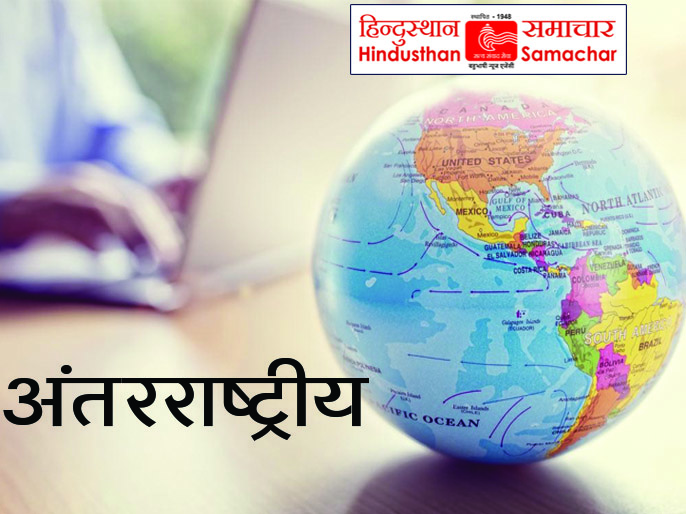
Kathmandu , 9 September (H.S.):
In a significant retreat following unprecedented youth-led protests, the Nepal government has lifted its ban on 26 major social media and communication apps, including Facebook, Instagram, X (formerly Twitter), YouTube, and WhatsApp. The ban, imposed on September 4, 2025, triggered massive demonstrations across Kathmandu and other cities, led predominantly by Generation Z activists demanding digital freedom and government accountability.
The protests turned violent as thousands of youth stormed the Parliament building, forcing security forces to respond with tear gas, rubber bullets, and water cannons. Clashes resulted in the tragic deaths of 19 protesters and hundreds wounded, prompting national and international concern. Visuals showed protestors breaking through police barricades, chanting slogans like Stop corruption, not social media. In response to the crisis, Nepal’s Home Minister Ramesh Lekhak resigned, reportedly taking moral liability for the turmoil.
Prime Minister KP Sharma Oli, who initially defended the ban as necessary to regulate social media companies failing to register with the government, later convened an emergency cabinet meeting. Following this, the government abruptly lifted the social media restrictions late Sunday. Communications and Information Technology Minister Prithvi Subba Gurung announced the immediate restoration of access to all banned platforms and appealed for calm among protesters.
In a public briefing after lifting the ban, PM Oli acknowledged the protests as a reflection of the voice of our youth and urged for unity, asserting, You cannot silence the voice of our youth by blocking social media. Their strength lies in freedom. The government must learn to listen, not suppress. Despite lifting the ban, the government maintains the new digital compliance rules, warning that social platforms must register officially or face renewed sanctions.
The unrest exposed deeper challenges in Nepal, including widespread youth unemployment and corruption, which fueled the scale and intensity of the demonstrations. The cabinet has formed a judicial committee to investigate the violence, with a report expected within 15 days.
The Prime Minister’s stance and the government's backtrack highlight the complex political pressures amid a tech-savvy, politically active younger generation demanding greater transparency and democratic rights. Meanwhile, India has placed heightened security measures along the Nepal border to monitor any potential spillover of unrest.
This dramatic episode marks a critical moment for Nepal’s governance and digital policy, demonstrating the potent intersection of social media, youth activism, and political accountability in the country’s evolving democracy .
---------------
Hindusthan Samachar / Jun Sarkar








